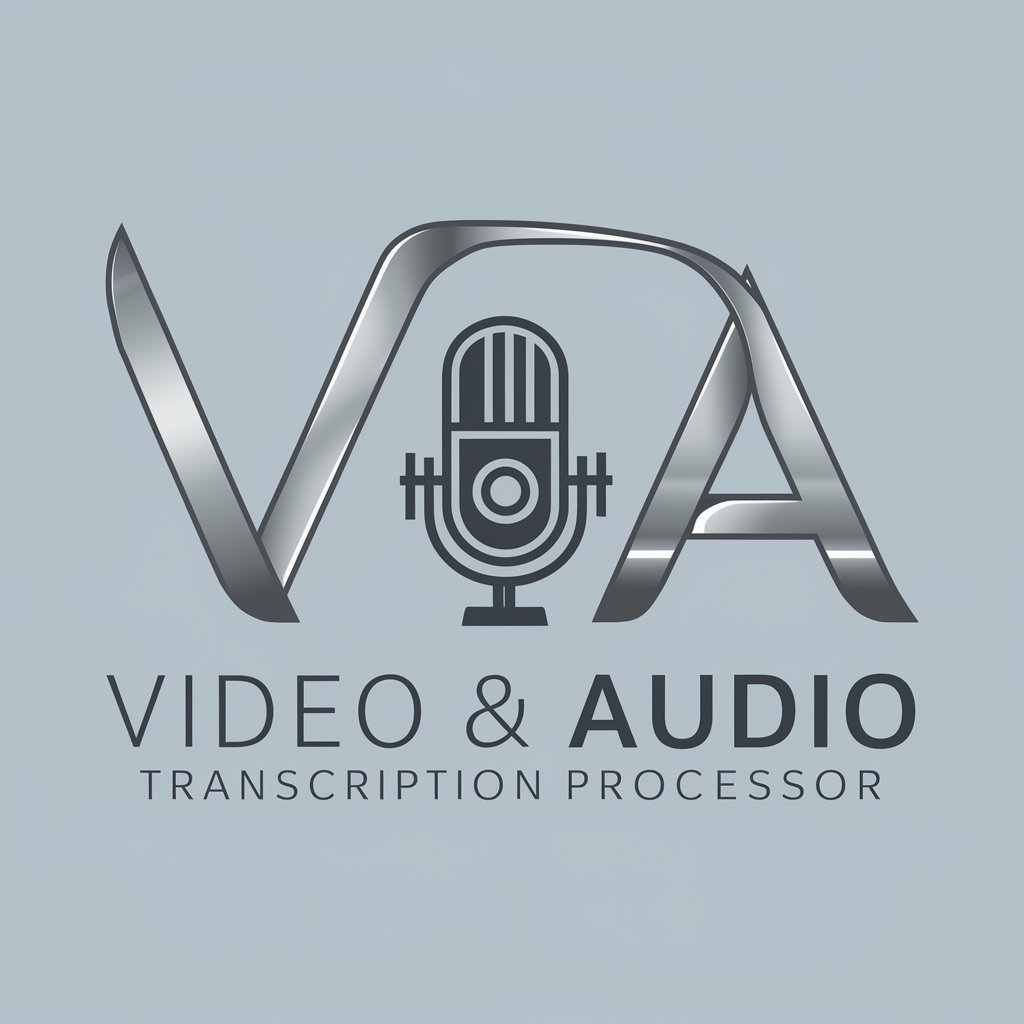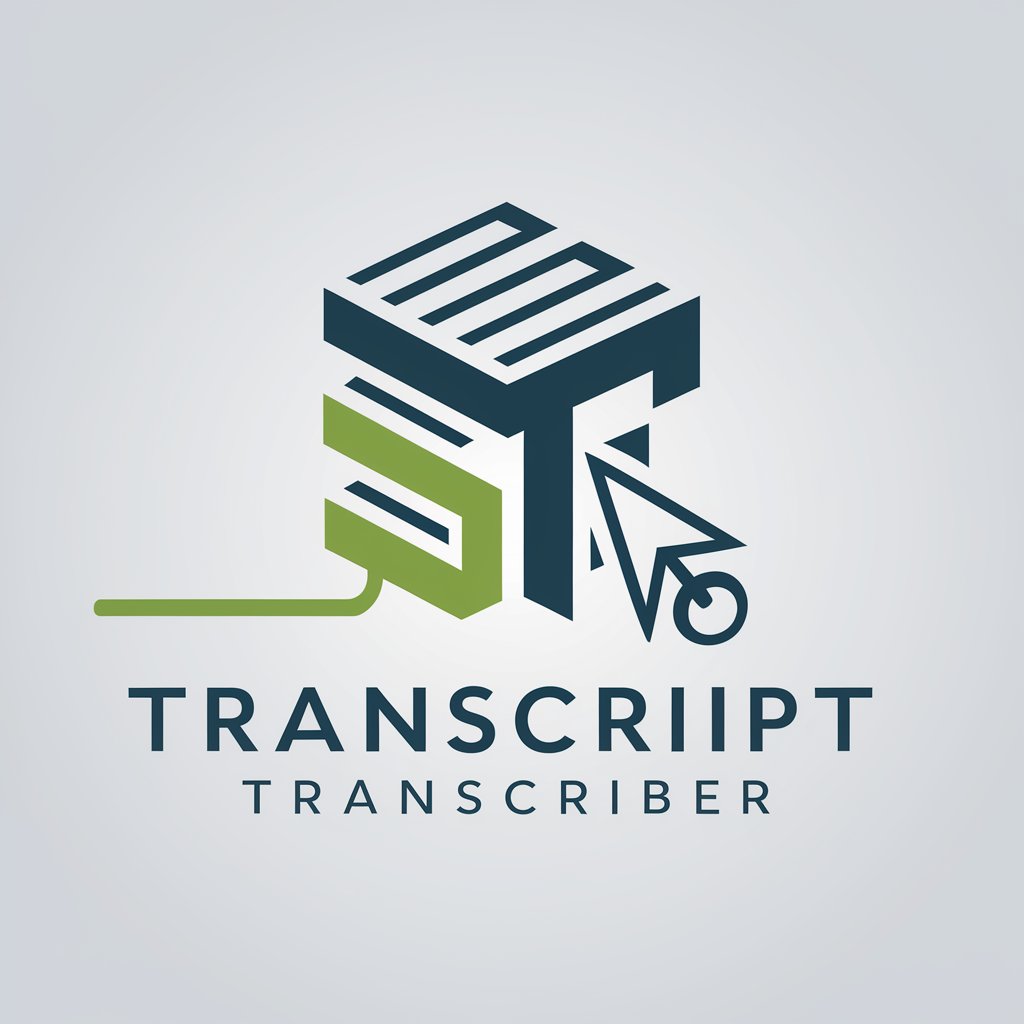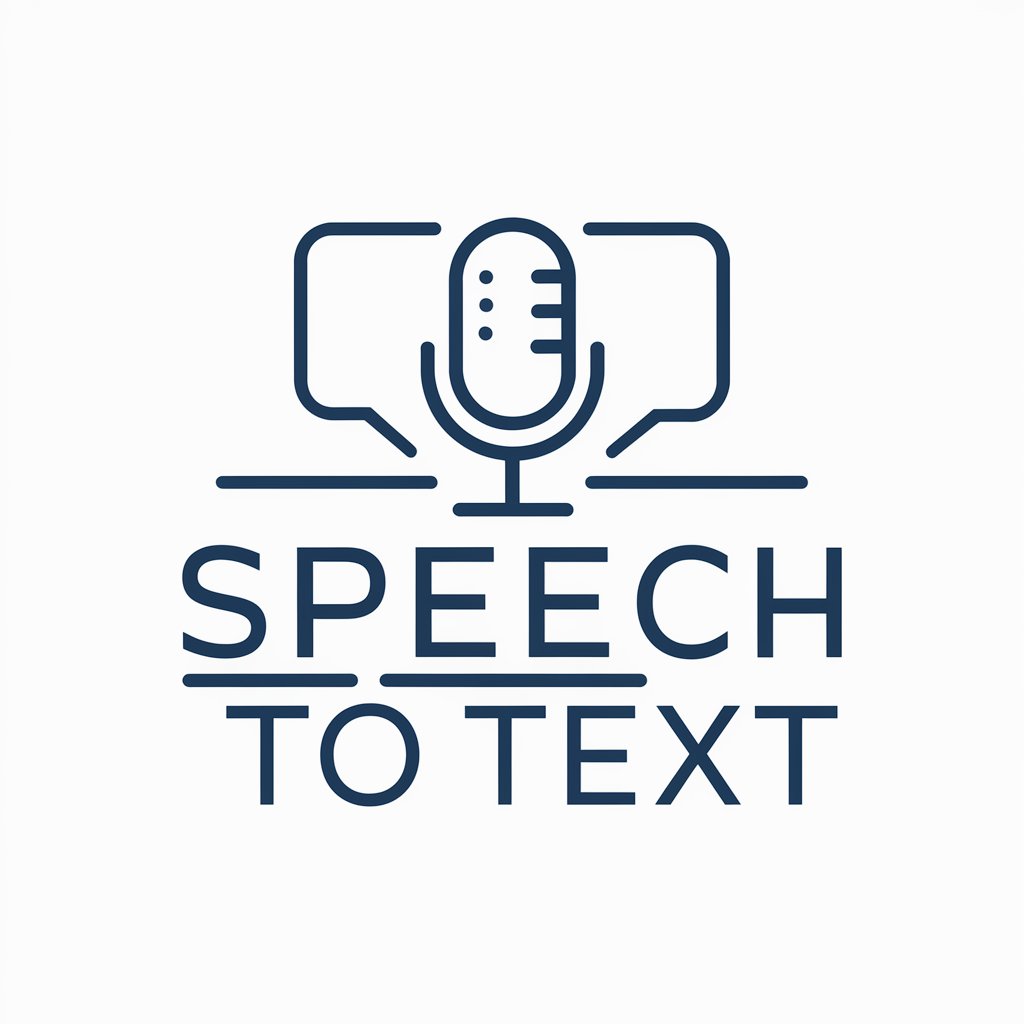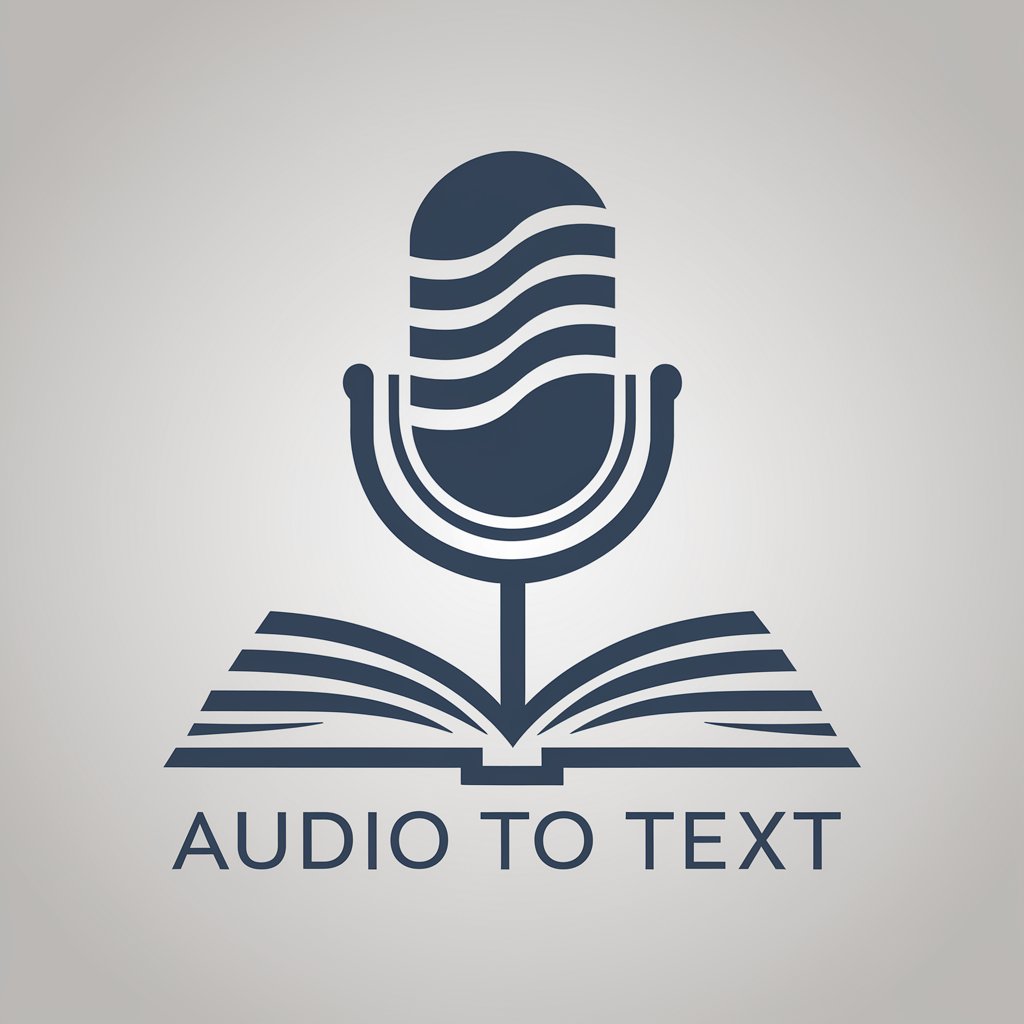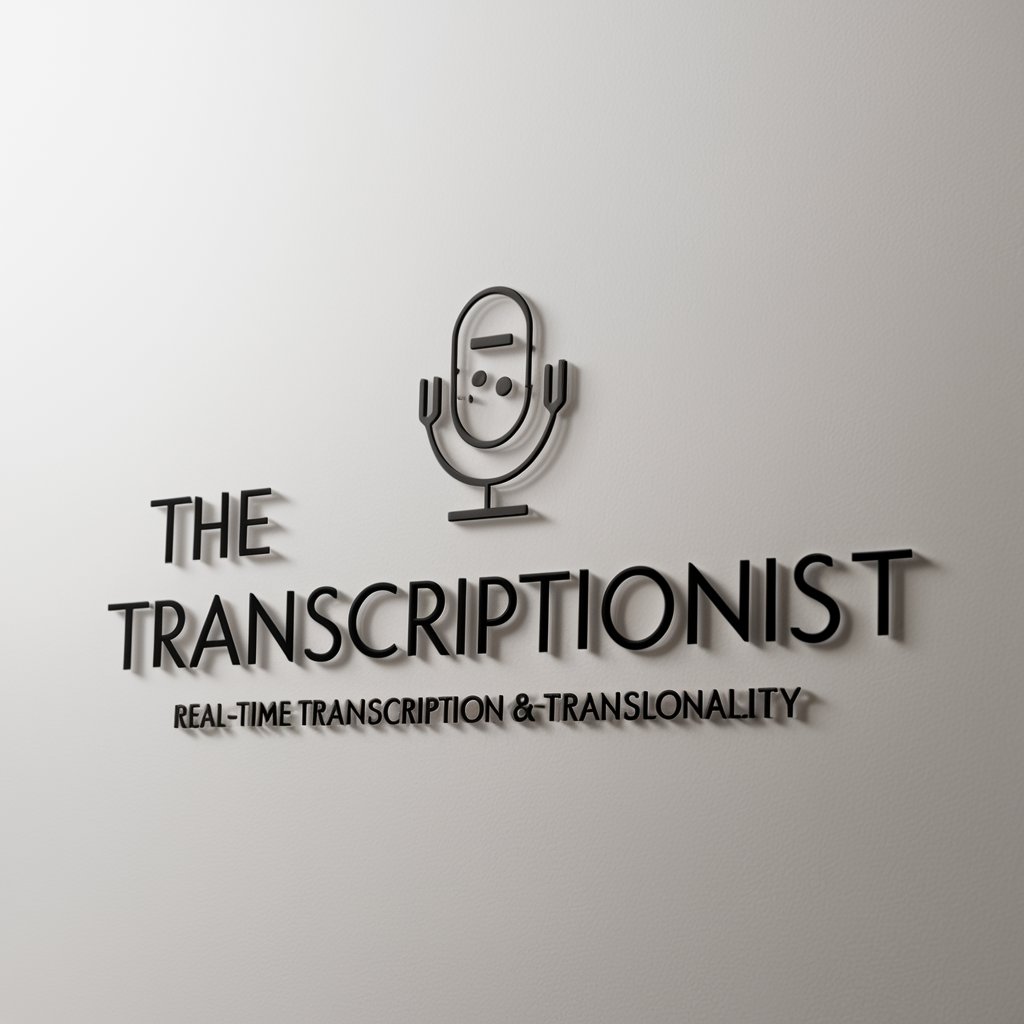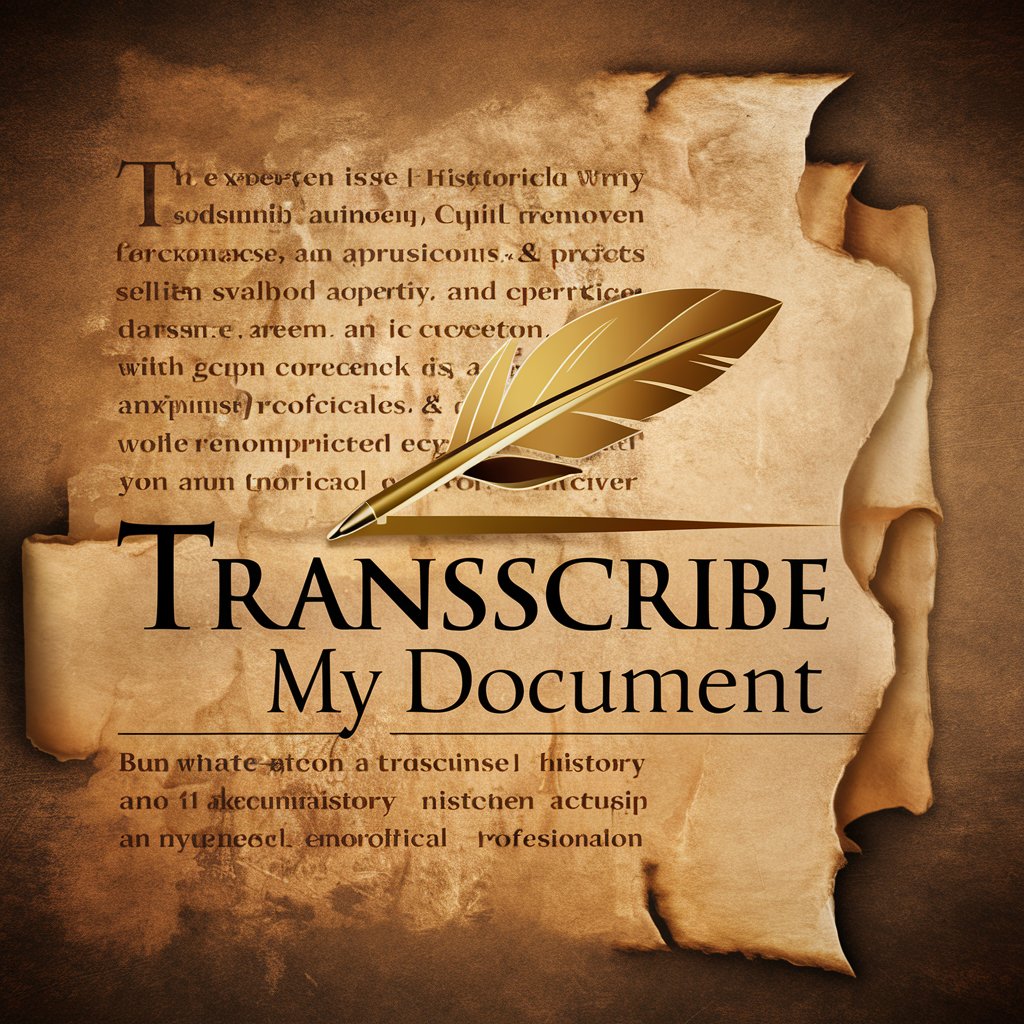
Automated Transcription of Oral Histories - AI-powered Oral History Transcription
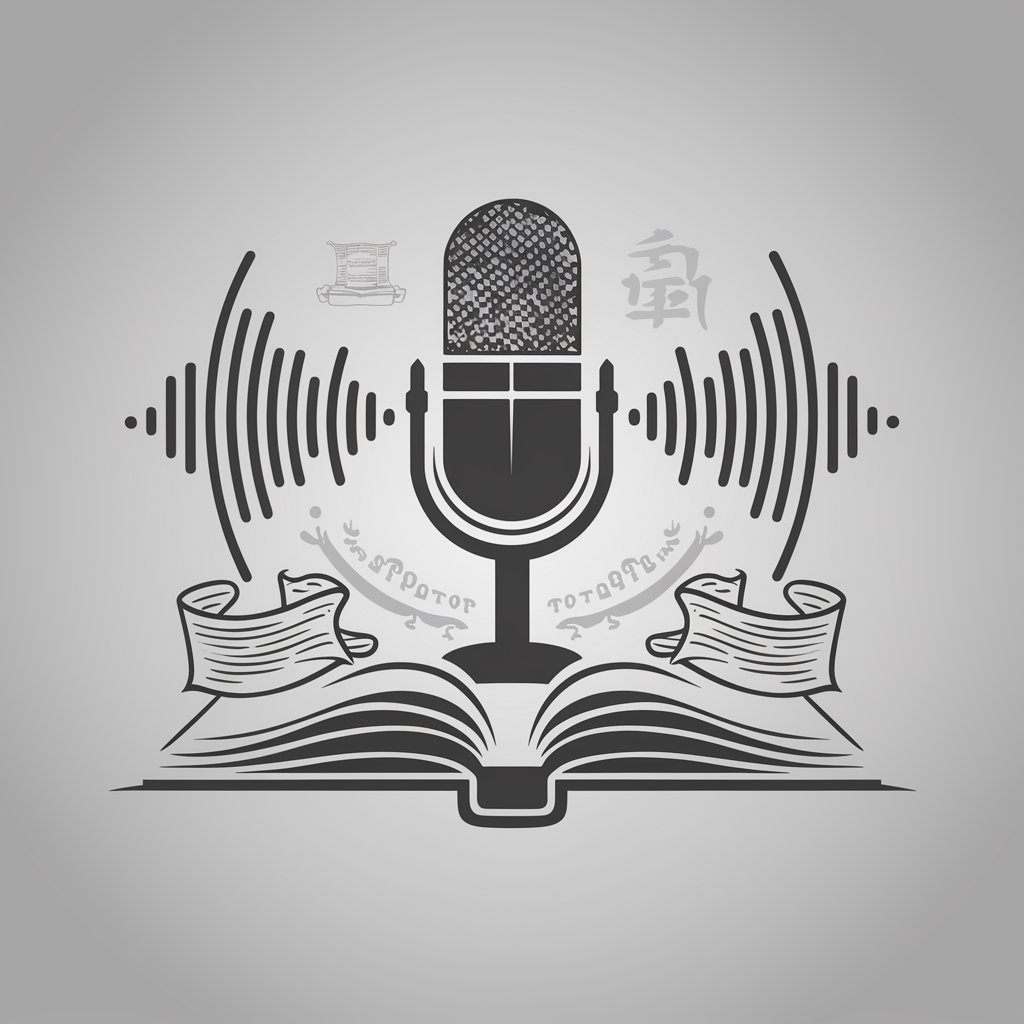
Welcome! I'm here to assist with transcribing and analyzing oral history recordings.
Reviving History with AI
Analyze the historical significance of
Transcribe the following oral history recording:
Explain the cultural context of
Identify key themes in the recorded narrative about
Get Embed Code
Introduction to Automated Transcription of Oral Histories
Automated Transcription of Oral Histories is designed to facilitate the transcription and analysis of oral history recordings, focusing on cultural, historical, and thematic elements. This technology uses advanced speech recognition and natural language processing to convert spoken language into accurate written text. It ensures that the integrity and context of the original speech are preserved while providing insights into the cultural and historical significance of the narratives. For example, in the transcription of a veteran's recount of wartime experiences, the system not only captures the spoken words but also identifies historical references and thematic elements such as bravery and hardship. Powered by ChatGPT-4o。

Main Functions of Automated Transcription of Oral Histories
Transcription Accuracy
Example
Converting spoken words from historical interviews into precise text.
Scenario
In an interview with a Holocaust survivor, the system accurately transcribes dialect-specific phrases and terms, preserving the authenticity of the speaker's language.
Contextual Analysis
Example
Identifying and analyzing cultural and historical contexts within transcriptions.
Scenario
While transcribing recordings of Indigenous oral traditions, the system notes cultural expressions and practices specific to the tribe being discussed, aiding in cultural preservation and education.
Thematic Identification
Example
Highlighting key themes such as migration, conflict, or community within oral histories.
Scenario
In processing the oral history of an immigrant, the system identifies themes of adaptation and resilience, facilitating researchers in studying migration patterns and experiences.
Ideal Users of Automated Transcription of Oral Histories
Academic Researchers
Scholars and historians who require precise transcripts of oral testimonies for their research on historical events, societal changes, or cultural heritage.
Cultural Heritage Organizations
Museums, libraries, and cultural centers that use transcriptions to archive and exhibit oral histories, enhancing public understanding and appreciation of diverse cultural backgrounds.
Documentary Filmmakers and Journalists
Media professionals who utilize transcribed interviews to create historically accurate documentaries or reports, relying on the detailed contextual analysis provided by the system.

Usage Guidelines for Automated Transcription of Oral Histories
Start Your Trial
Begin by visiting yeschat.ai to access a free trial, offering full functionality without the need for ChatGPT Plus or any login requirements.
Prepare Your Recordings
Ensure that your audio recordings are clear and audible. Use a good quality recording device and minimize background noise for optimal transcription accuracy.
Upload Audio Files
Upload your audio files directly to the platform. Supported file formats typically include WAV, MP3, and MP4, but always check for the most recent compatible formats.
Review and Edit Transcriptions
Once transcribed, review the text for accuracy. Make edits if necessary to correct any misinterpretations or transcription errors.
Analyze the Content
Utilize the tool's analysis features to explore cultural, historical, and thematic elements within the transcripts, aiding in deeper research and understanding.
Try other advanced and practical GPTs
Transcription Pro by Dr. Jess
Your AI-Powered Transcription Expert
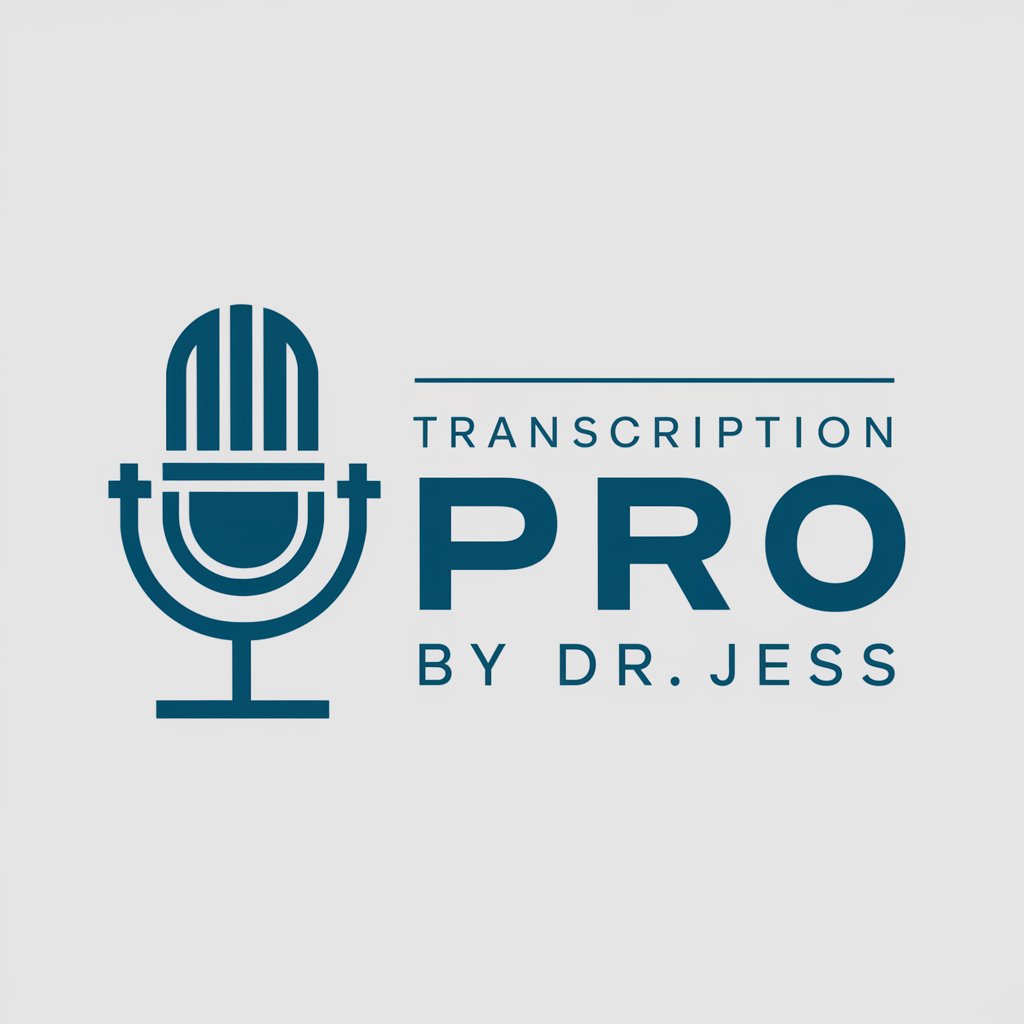
Design Buddy
Enhancing Web Design with AI

Design Maven
AI-powered Design Guidance

Design Dynamo
Empowering creativity with AI

Design Guru
Empowering Design Innovation with AI

Design Mentor
Empower Your Creativity with AI

Medical Transcription Mentor
Enhance Your Transcription with AI
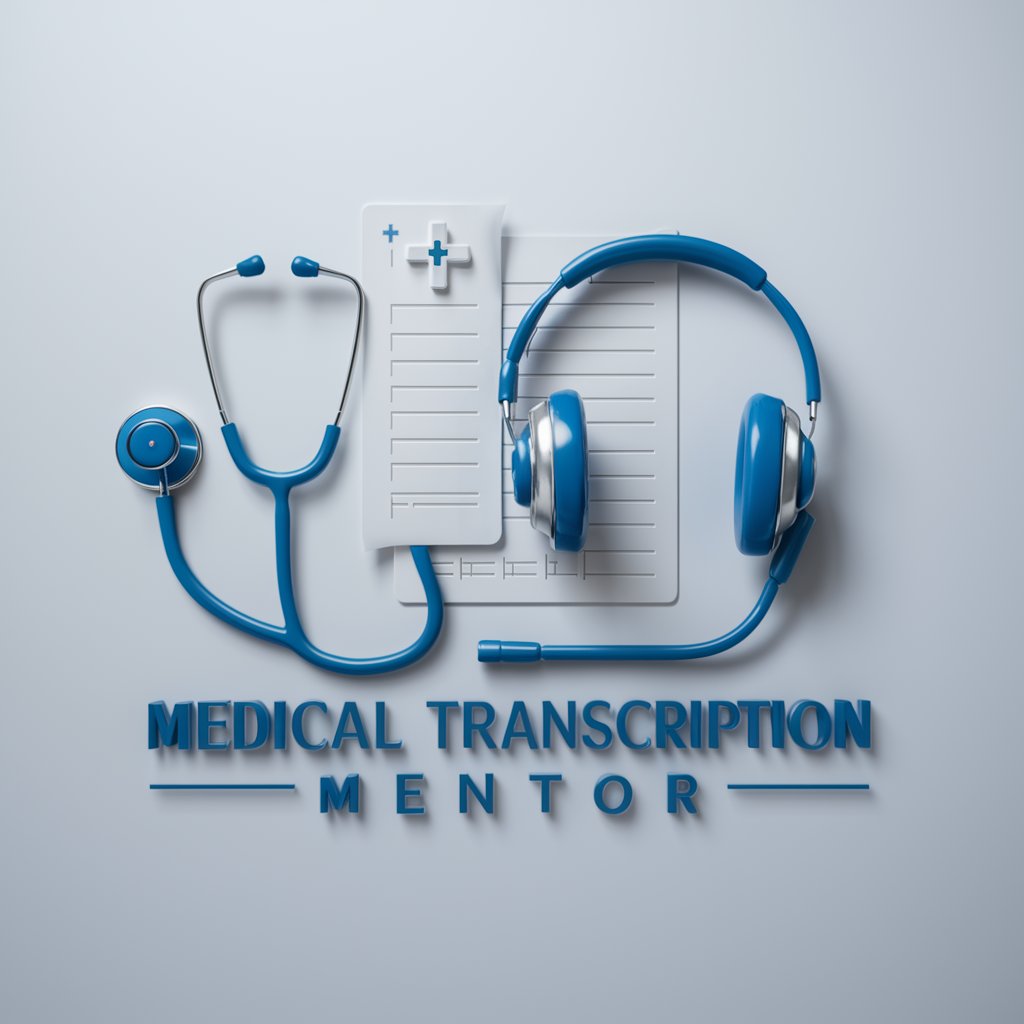
Transcription Corrector
Elevate your writing with AI-powered precision
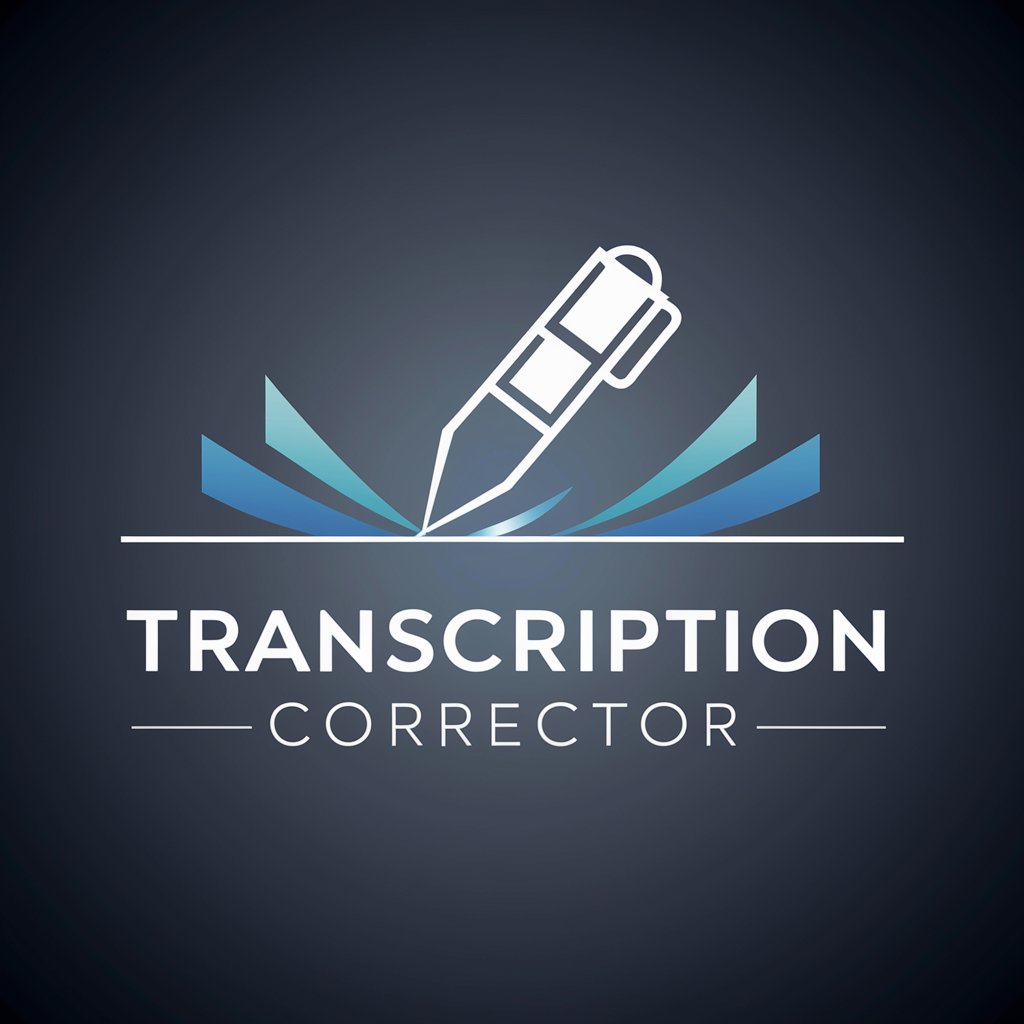
Podcast Transcription Service
Unlock your podcast's potential with AI transcription
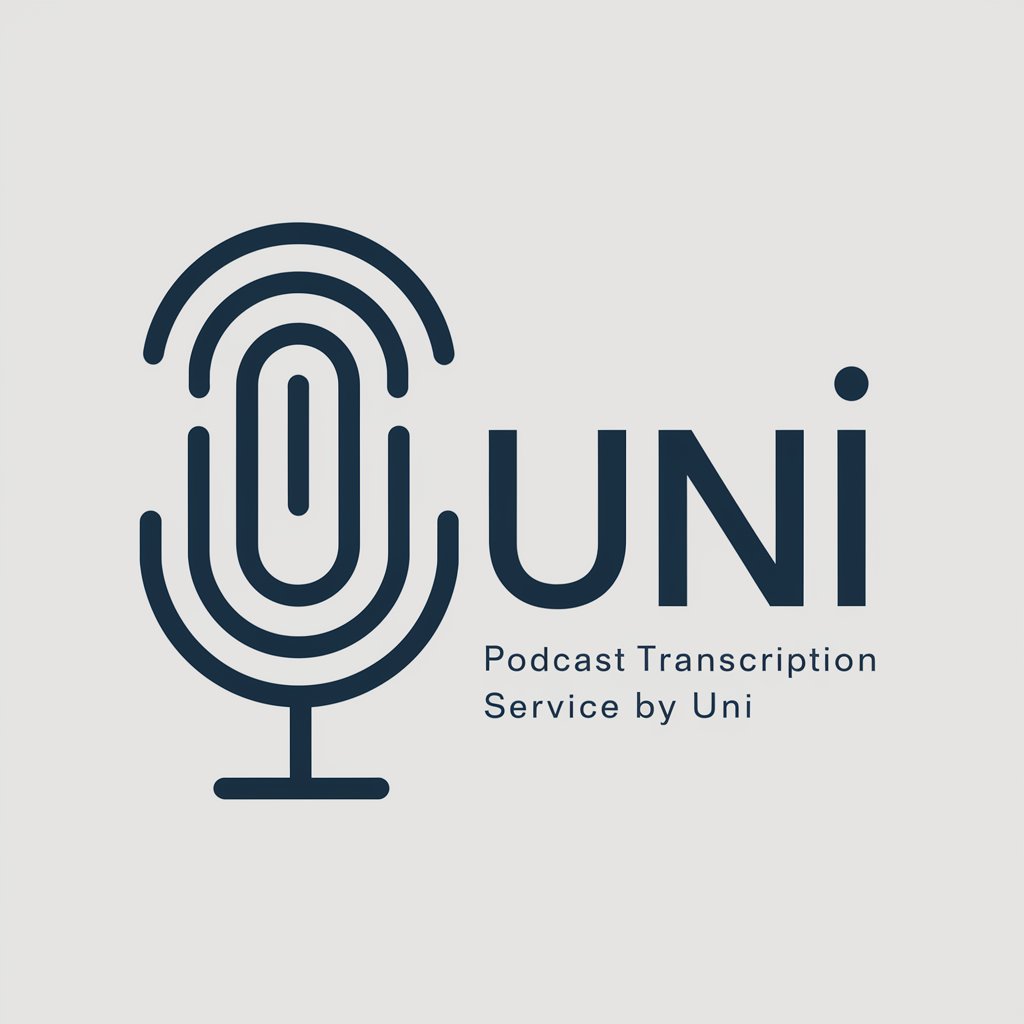
Videos Insights: Summaries/Vision/Transcription
Unlock video insights with AI power
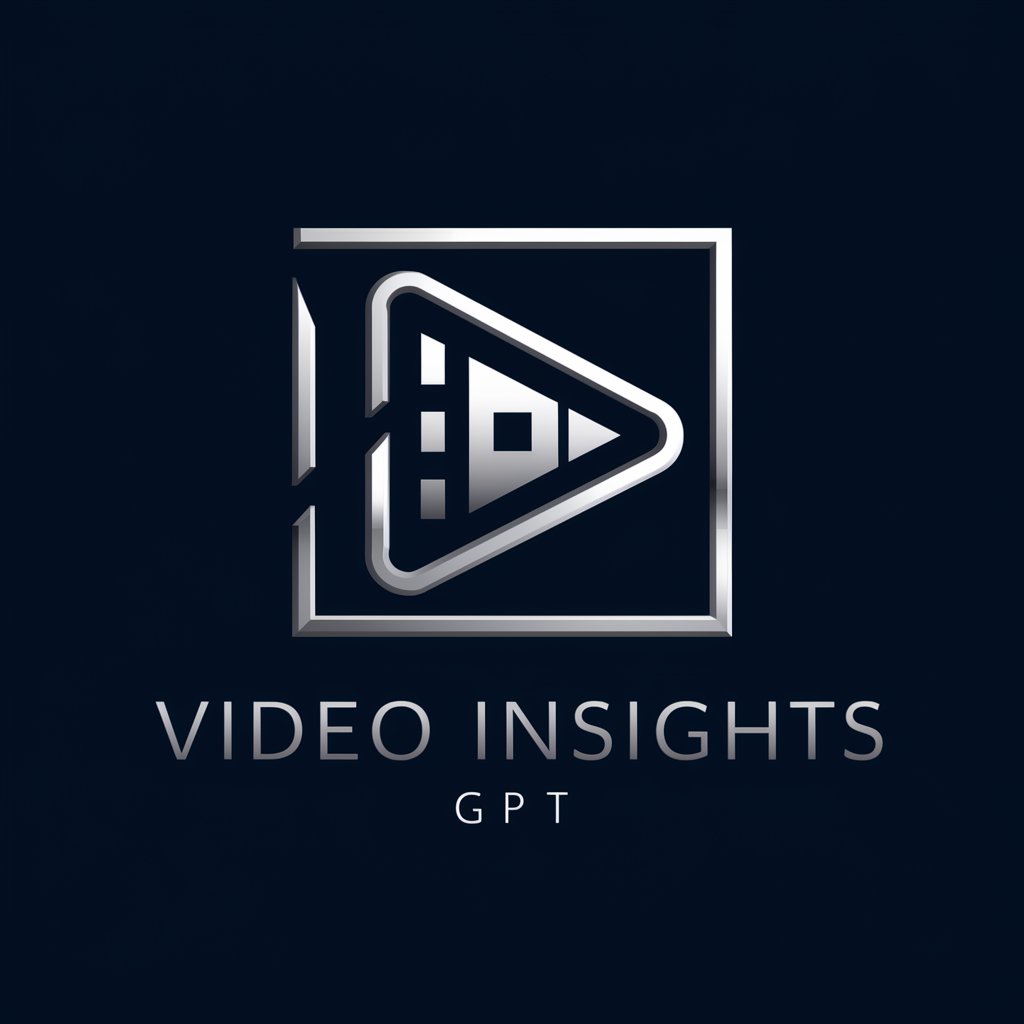
Voice Notes Transcription Assistant
Transforming Speech into Text with AI
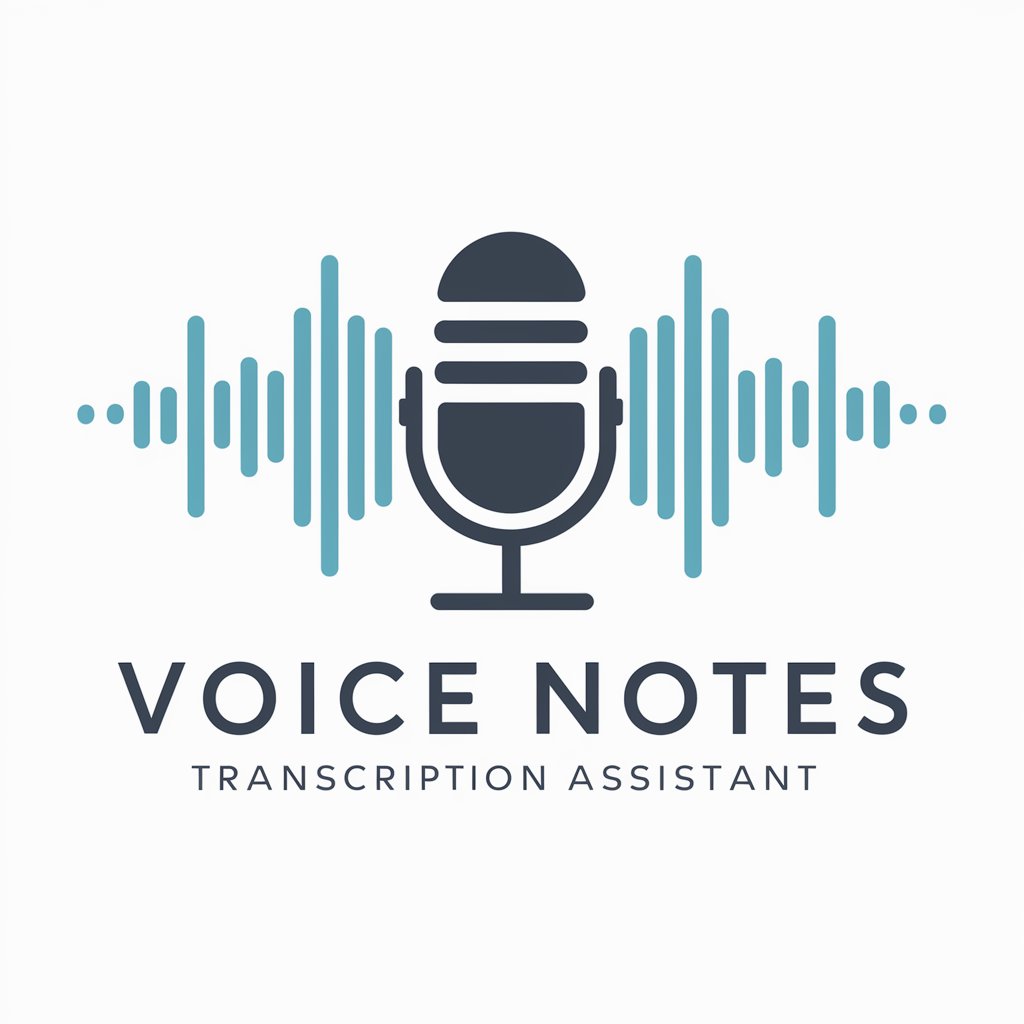
Whisper for Transcription
Transcribing Simplified with AI

Frequently Asked Questions about Automated Transcription of Oral Histories
What file formats does this tool support for transcription?
The tool supports various common audio formats including WAV, MP3, and MP4. Always ensure your files are in a supported format before uploading.
Can this tool identify different speakers in the recording?
Yes, the tool is equipped with speaker diarization capabilities, which can distinguish between different speakers in an audio recording, enhancing the clarity of the transcript.
Is there a limit to the length of recordings I can transcribe?
While there might be some limitations based on the specific service plan, typically, the platform can handle lengthy recordings, but it's advisable to check the current limits under your plan.
How accurate are the transcriptions provided by this tool?
The transcription accuracy is high, especially with clear and well-recorded audio. However, background noise and overlapping speech can reduce transcription quality.
Does the tool offer any features to help with analysis of transcribed content?
Yes, it includes features for analyzing the transcribed content for cultural, historical, and thematic elements, which can be particularly useful for researchers and historians.
